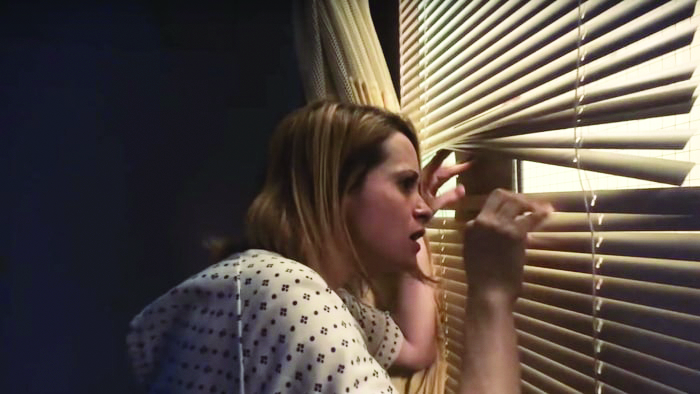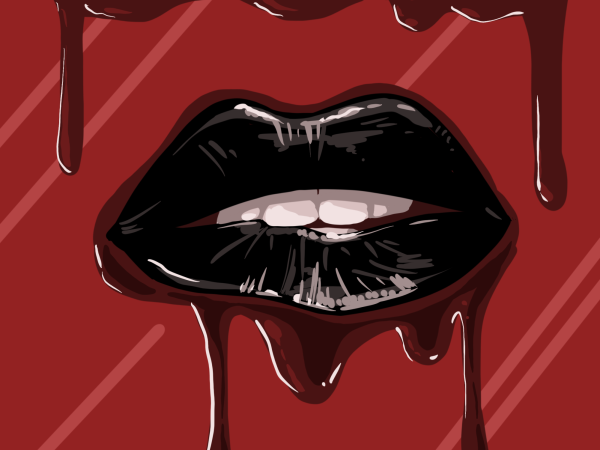‘Unsane’ wastes potential
There’s a certain amount of disbelief one must suspend when watching a movie — could the things occurring on screen actually happen given the logic and rules of the world the film lives in.
This varies from film to film: superhero movies are given a little more slack than political thrillers, for example. In Steven Soderbergh’s latest movie, “Unsane,” this concept is pushed to its extreme, asking the audience to acquiesce to some truly ludicrous events. But, beyond all this, is the inexcusable squandering of so many interesting ideas the script initially offers, taking novel questions and concepts and answering them in mundane and ultimately forgettable ways.
“Unsane” is about Sawyer Valentini (a mercurial Claire Foy), a young woman who unknowingly commits herself to voluntary confinement for 24 hours during a routine therapy appointment. Once trapped inside, she starts seeing visions of her stalker. These glimpses are filmed with the same techniques as her supposed reality (or what the film wants you to believe is her reality), which provides an interesting tension for the audience to grapple with.
Given that the film doesn’t visually differentiate between what is perceived as real versus a possible delusion, an intriguing internal conflict is immediately established. The first half of the film performs this trick quite nicely and to great effect: Valentini’s experiences in this voluntary asylum spider-web into broader and more pointed questions on a spread of issues, like the state of mental healthcare, a woman’s right to be believed, and the seemingly paradoxical status of healthcare as big business. But, the script quickly shows its hand, revealing that it doesn’t have good or even interesting ways to answer the questions it’s raised. What starts as unique quickly becomes dull.
Continuing further this motif of the unusual becoming the usual, “Unsane’”s stocky and grainy footage (it was filmed on three separate iPhones) promptly asserts itself as more novel than necessary, contributing nothing to the overall aesthetic of the film except a few cleverly staged shots thanks to the iPhone’s compact size. The cinematography is competent, but it’s nothing more than standard cuts and the occasional long take to emphasize a character’s particular mental state.
It’s as if Soderbergh thought the fact that it was filmed with an iPhone (an impressive but not wholly unique feat) excused any attempt at innovating the camera work, given the iPhone’s unique cinematic properties. While there are a few scenes where the cinematography deviates from what’s considered standard, the rest of the camerawork operates like the movie was filmed with a normal camera. And while there are quite a few unique angles — again, due to the iPhone’s compact size — they don’t contribute anything more to the story than their ability to call attention to themselves.
There is a series of events about a third of the way through “Unsane” that takes any semblance of logic and reason and decidedly throws it out the window. It flies in the face of Valentini’s character, anything resembling legal authority, and common sense; but it has to happen for the film to work, and that is a tell-tale sign of bad writing. Marred by coincidence and threaded by fate, “Unsane’s” plot resembles less of a narrative arc and more of a lottery ticket. The number of things that has to go just “right” for the film to work is the equivalent of being struck by lightning. If you can continually swallow the bitter medicine (laced with exposition) the film keeps asking you to take, then you might be okay with the illogical mess happening on screen. Up until this fateful point, “Unsane” is a promising movie. It’s asking interesting questions in a unique way while constructing what looked to be a mental thriller. After this point, it’s a mess.












